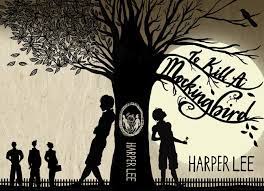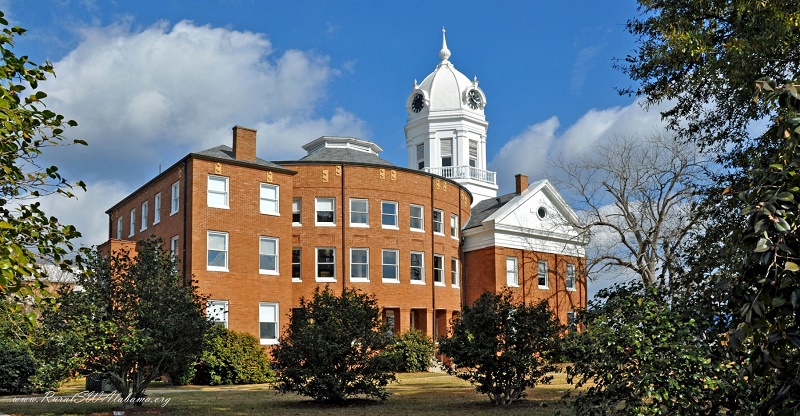On Harper Lee

CBC’s History is Lit series revisits childhood history this week. Shaina Birkhead remembers her Grandmother and Harper Lee.
Harper Lee and my Grandmother, my Grandmother and Harper Lee
My grandmother was a lover of books. A retired teacher by the time I came into her life, I remember stumbling upon her at various times of the day in a quiet corner reading a book as my cousins and I caused a ruckus all over her large, slightly run-down, southern greek revival home. My grandmother was born and raised in the tiny town of Evergreen, AL but had traveled the world as a young air force wife. She returned to Evergreen when my dad, her oldest, headed off to college and lived the rest of her life there, reading, working in the yard, building and fixing things, traveling with her sister, and taking care of her mother. She gave me a book for every holiday and birthday. She helped make me a reader.
I certainly won’t blame you if you have never heard of Evergreen. I won’t even blame you if you have never heard of Monroeville, but I hope the town of Maycomb rings some distant bell in your head. Maycomb is the fictional town in the beloved classic, To Kill a Mockingbird. While a work of fiction, Harper Lee drew much inspiration from her life and her home, Monroeville, AL, a mere 30 minutes from Evergreen.

To say I have a personal connection to this book would be an understatement. Beyond my general love of southern fiction and the fact that this book is undeniably magical, I see my family and the community they grew up in reflected in To Kill a Mockingbird. All the complexity and pain, beauty and trauma, harshness and comfort of the south are so lovingly and honestly depicted by Lee.
I first read To Kill a Mockingbird when I was 11. I have since read it many times for pleasure and once (with pleasure) for school. As with many things beloved by children, I spent many years thinking everyone was as invested in this book as I was. Everyone must know and love it, I assumed. I was shocked to meet people who had never read it. Shocked more to meet one or two people who had not even heard of it. So to all who have only brushed the surface of this book, I offer you these facts and fancies in the hope you will pick it up and read it very soon.
- Harper Lee drew on many aspects of her life in writing this book, beyond the setting.
- Harper’s father was a lawyer and she spent much of her childhood at the courthouse watching him try cases.
- Harper grew up with Truman Capote. They were good friends for many years and the character of Dill is based on him. Lee was Capote’s assistant during his research in Holcomb, KS, which he would turn into In Cold Blood.
- By all accounts, Harper Lee was a quick-thinking, witty, and dryly funny woman (not dissimilar to my grandmother) who was also very private. The citizens of Monroeville closely guarded that privacy in her later years.
- Lee was able to write To Kill a Mockingbird thanks to the generosity of close friends. She wrote a lovely article about it.
- Lee was involved in the movie adaptation starring Gregory Peck. It is one of the very few movies I know that is almost as good as its source material. Peck tells a lovely story about Lee in this video.
- Set in the 1930s and published in 1960, the story remains very relevant today while painting a poignant picture of depression-era Alabama.

I can’t help but think that my grandmother and Harper Lee would have enjoyed each other. I certainly see many similarities in their upbringing, interests, personalities, and how they lived out their later lives. My grandmother took me to the Monroeville Courthouse Museum a few different times in my life. It has been remodeled to look just as it did in the 30s. I remember sitting in silence with her for a long time on one trip, each of us breathing in the history, book lovers in a sacred place.
CBC’s history and yesteryear explorer, Laura Peraza, takes you back in time. Check out other series on our blog and our Reader Resources for more books and materials.

